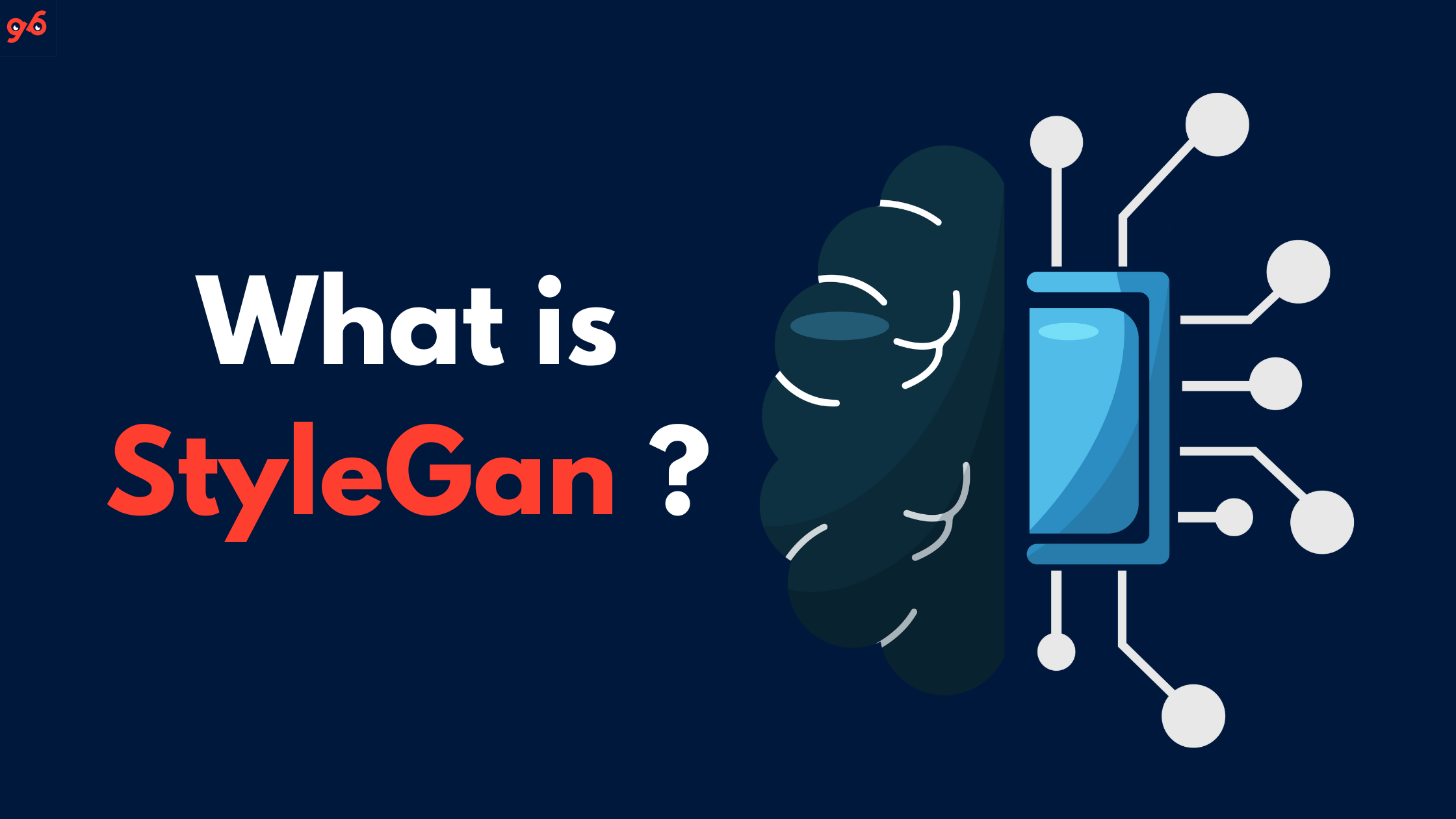StyleGAN, an abbreviation for Style Generative Adversarial Network, is a revolutionary deep learning model that has made significant advancements in the field of generative artificial intelligence (AI). Developed by NVIDIA, StyleGAN has gained widespread attention for its ability to generate incredibly realistic and high-quality images. In this article, we will explore the concept of StyleGAN, its underlying technology, and its impact on various industries.
How Does StyleGAN Work?
At its core, StyleGAN consists of two neural networks: the generator and the discriminator. The generator network generates new images by mapping random noise vectors to a high-dimensional space, while the discriminator network evaluates the realism of the generated images by distinguishing them from real images. These two networks are trained together in a competitive process known as adversarial training.
During the training process, the generator network learns to create images that are increasingly realistic, while the discriminator network becomes more effective at distinguishing real images from fake ones. This iterative process continues until the generator network is capable of producing high-quality images that closely resemble real-world examples.
Training StyleGAN
Training StyleGAN requires a large dataset of images to learn from. The model is trained on a vast amount of diverse images, such as photographs of people, animals, objects, or any other subject of interest. NVIDIA’s original implementation of StyleGAN utilized a dataset of human faces to generate incredibly lifelike portraits.
To improve the quality and diversity of generated images, StyleGAN employs a unique technique called “progressive growing.” This technique involves training the model on images of lower resolutions first and gradually increasing the resolution as the training progresses. By gradually adding more details, StyleGAN produces images with finer features and higher levels of realism.
Key Features of StyleGAN
StyleGAN offers several key features that contribute to its success and widespread adoption:
1. High-Quality Image Generation
StyleGAN is renowned for its ability to generate high-resolution images that exhibit impressive visual quality. The model captures intricate details and produces images that can easily be mistaken for real photographs.
2. Controllable Synthesis
One of the significant advantages of StyleGAN is its ability to control the generated images’ attributes. By manipulating various input parameters, such as the latent space vectors, users can influence specific characteristics, such as the age, pose, or expression of the generated faces.
3. Diversity in Outputs
StyleGAN excels at producing diverse and varied outputs. It avoids generating identical images by exploring different possibilities within the latent space. This feature makes StyleGAN a powerful tool for artists, designers, and content creators seeking inspiration and unique visual assets.
4. Stable Training Process
The architecture of StyleGAN ensures a stable and reliable training process. The progressive growing technique, combined with careful network design, enables smoother convergence and reduces common issues such as mode collapse, where the generator gets stuck in generating limited types of images.
Applications of StyleGAN
StyleGAN has found applications in various industries, revolutionizing creative processes and enabling new possibilities. Here are some notable applications:
StyleGAN and the Creative Industry
StyleGAN has transformed the creative industry by providing artists and designers with a powerful tool for image synthesis. It allows them to generate unique visuals, explore new artistic styles, and push the boundaries of their creativity. StyleGAN-generated images can be used in advertisements, digital art, movie production, and other creative endeavors.
StyleGAN and Fashion Design
In the world of fashion, StyleGAN has emerged as a game-changer. Fashion designers can leverage the controllable synthesis capabilities of StyleGAN to create virtual fashion collections, experiment with different designs, and predict consumer preferences. Virtual models generated by StyleGAN can showcase garments, enabling designers to visualize their creations before physical production.
StyleGAN and Gaming
StyleGAN has made a significant impact on the gaming industry. Game developers can utilize the model to generate realistic characters, environments, and objects. By training StyleGAN on a dataset of existing game assets, developers can quickly produce a vast array of new content, saving time and resources.
StyleGAN and Architecture
Architects and urban planners can benefit from StyleGAN by generating realistic 3D models of buildings and urban environments. StyleGAN’s ability to create diverse architectural designs based on input parameters allows architects to explore different possibilities and visualize their ideas more effectively.
Challenges and Future Developments
While StyleGAN has achieved remarkable success, there are still challenges and areas for improvement. Some of the current limitations include:
- Interpretability: StyleGAN lacks interpretability, making it challenging to understand why the model makes specific design decisions.
- Training Data Bias: The quality and diversity of training data can impact the generated outputs. Biased or incomplete datasets may result in biased or incomplete generated images.
- Resource Requirements: Training a StyleGAN model requires substantial computational resources, including high-end GPUs and ample storage.
Researchers and developers are actively working on addressing these challenges. Future developments may include advancements in interpretability, dataset collection, and optimization techniques to make StyleGAN more accessible and efficient.
Conclusion
StyleGAN represents a significant breakthrough in generative AI and has transformed the way we create and perceive visual content. With its ability to generate highly realistic images and offer control over various attributes, StyleGAN has found applications in diverse industries, from creative arts to fashion design, gaming, and architecture. As researchers continue to enhance the model and overcome existing challenges, we can expect StyleGAN to drive further innovation and inspire new possibilities in the field of artificial intelligence.




